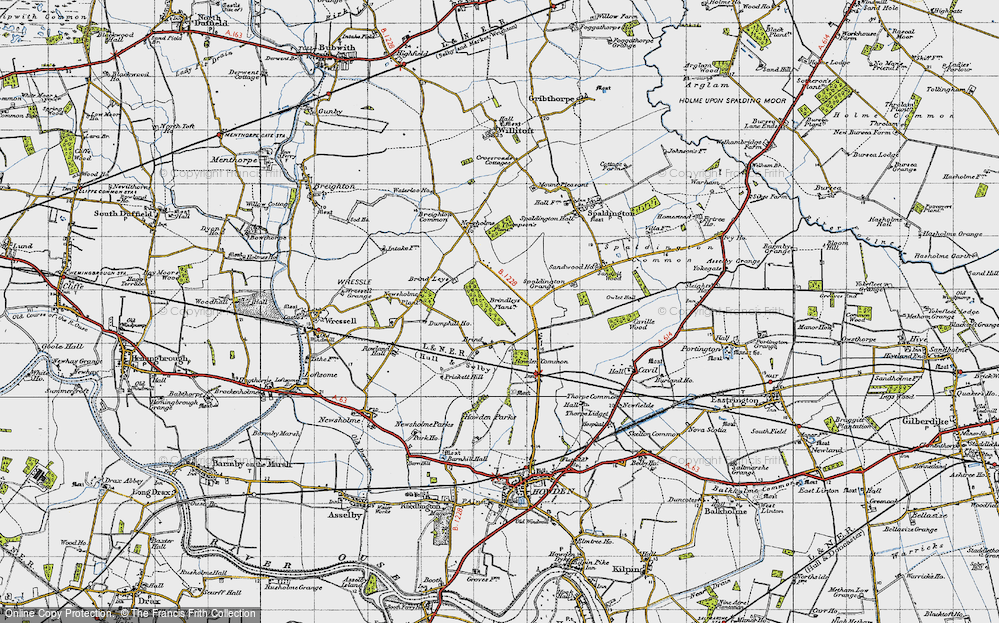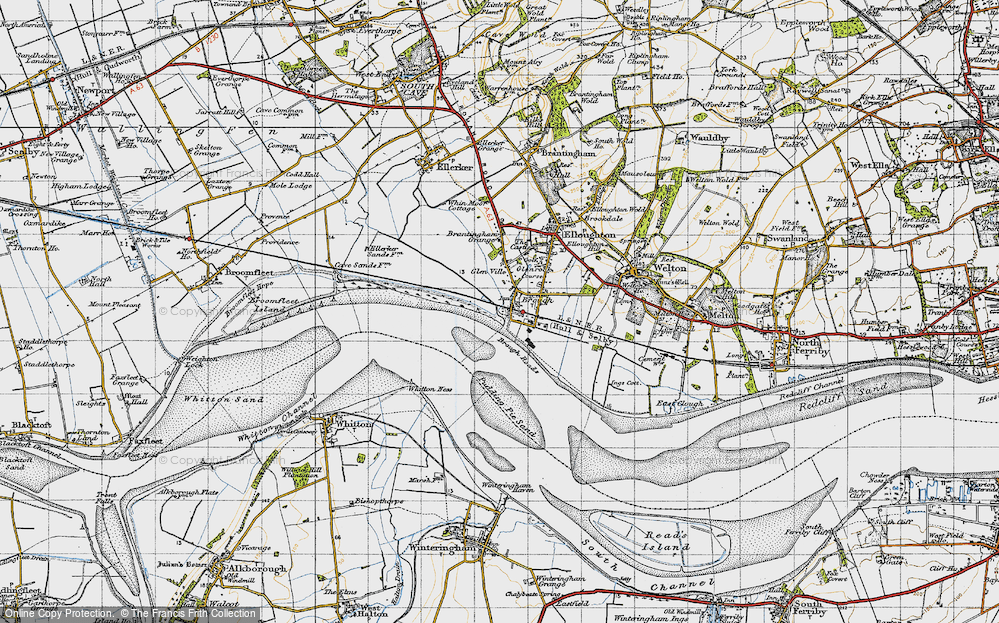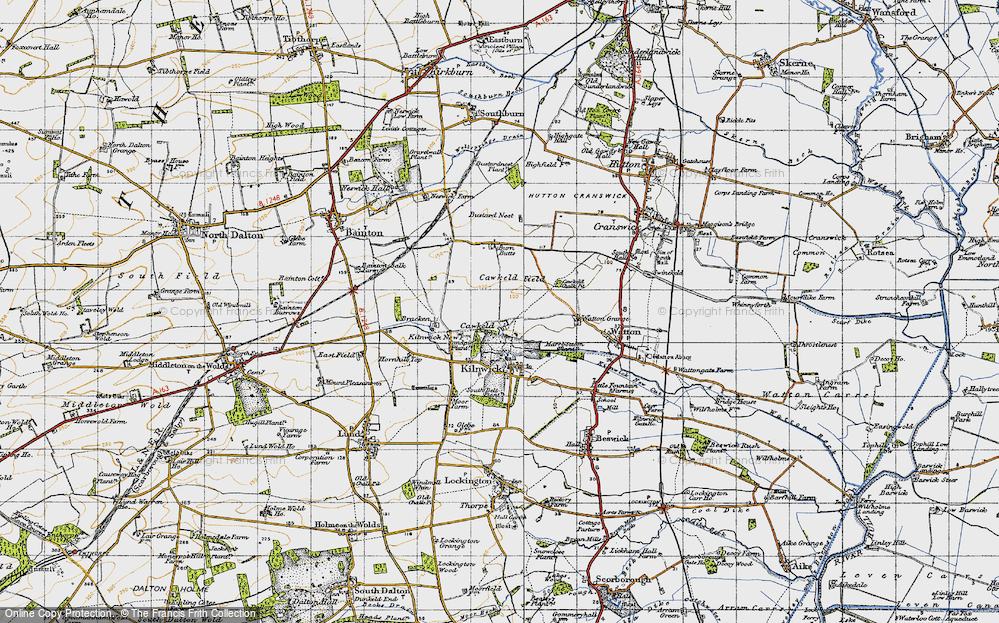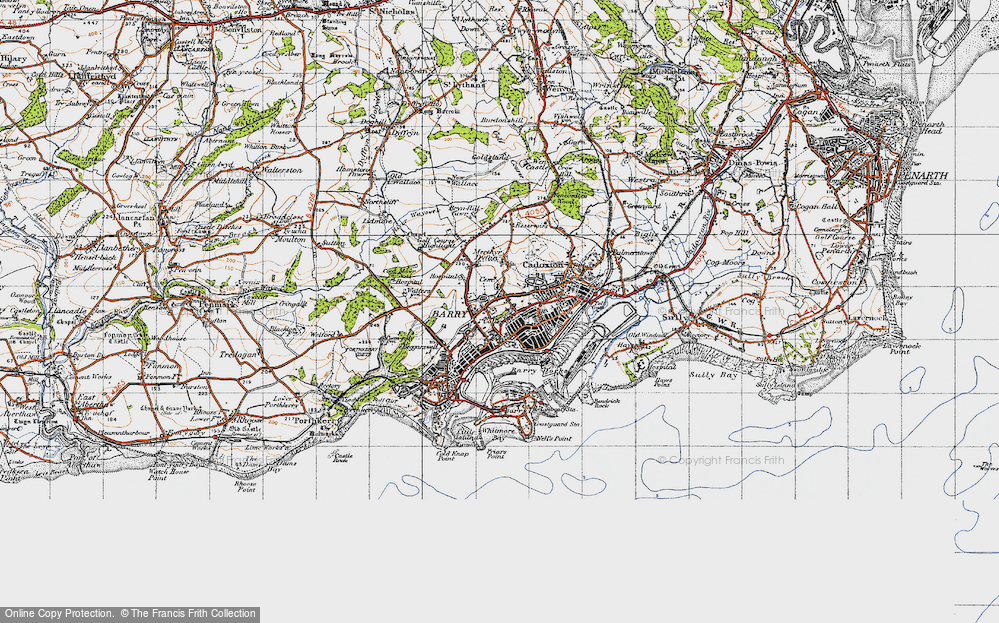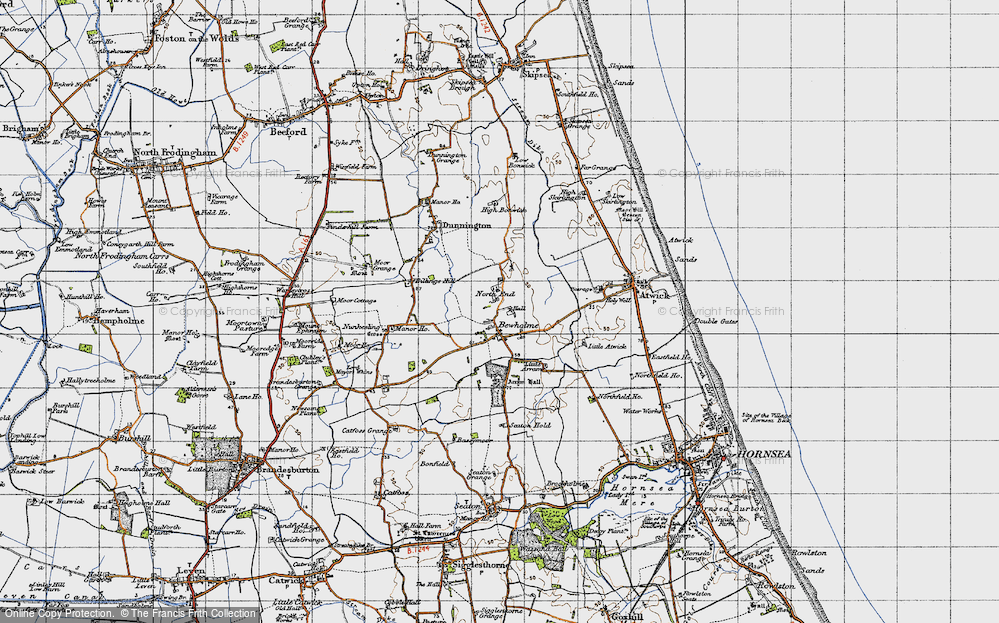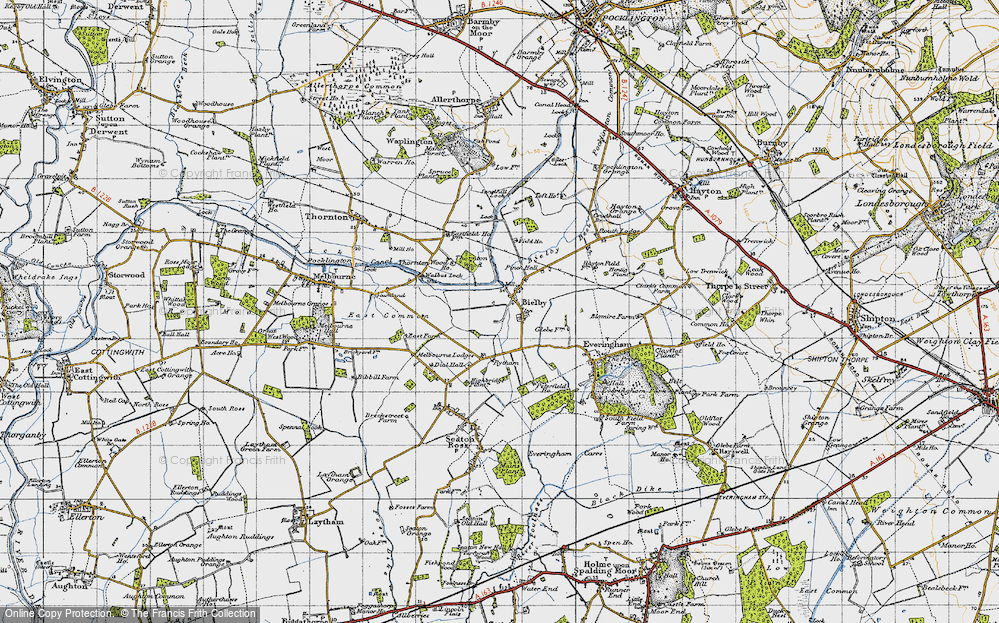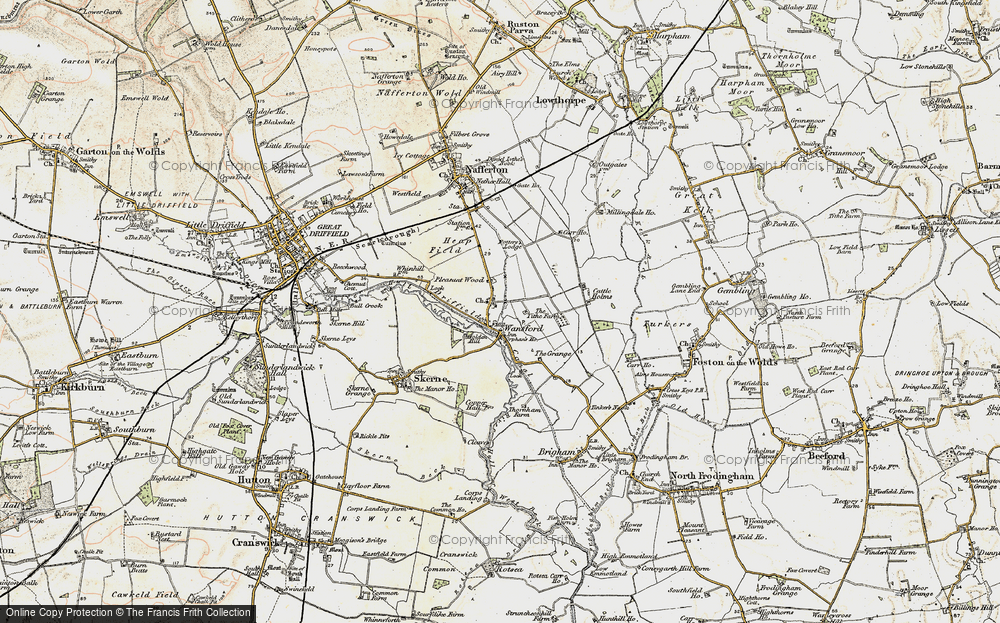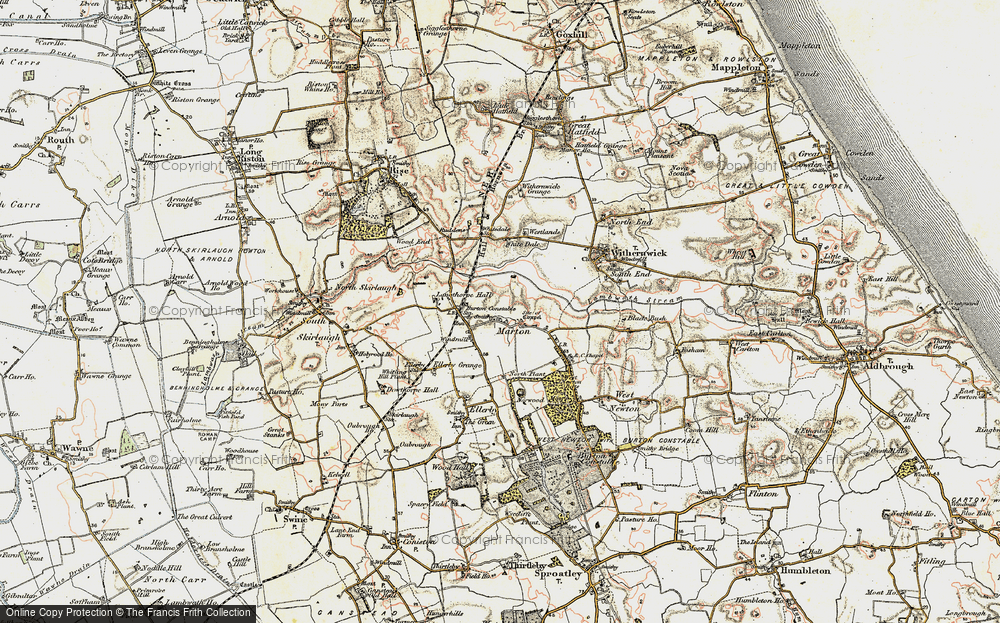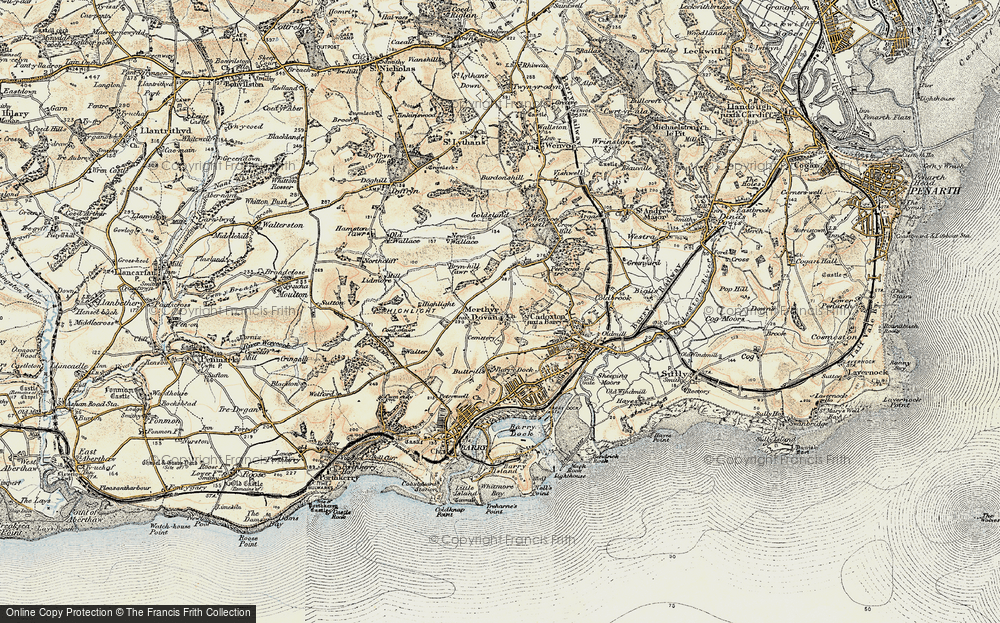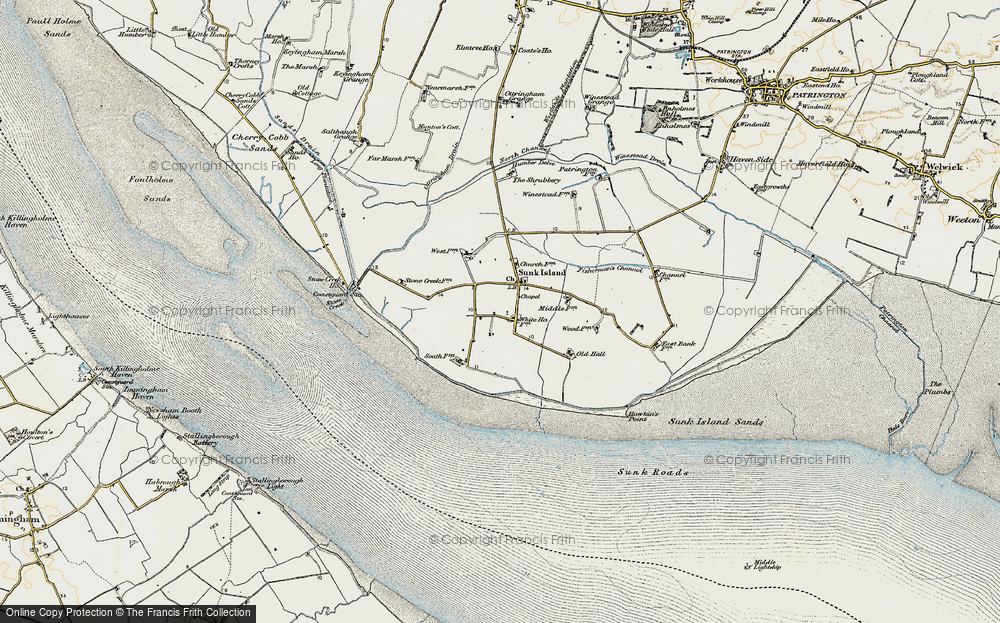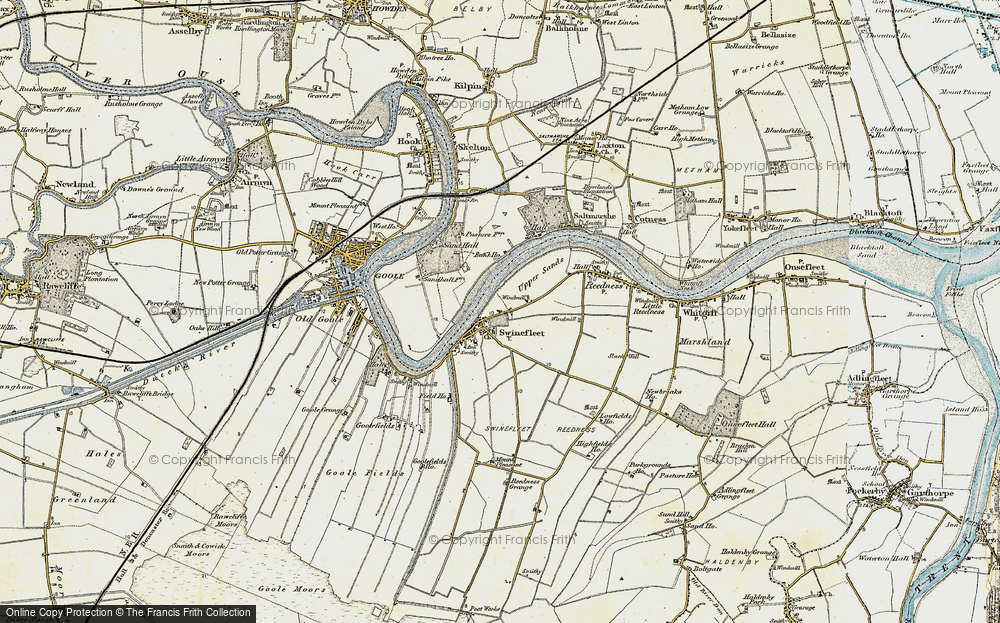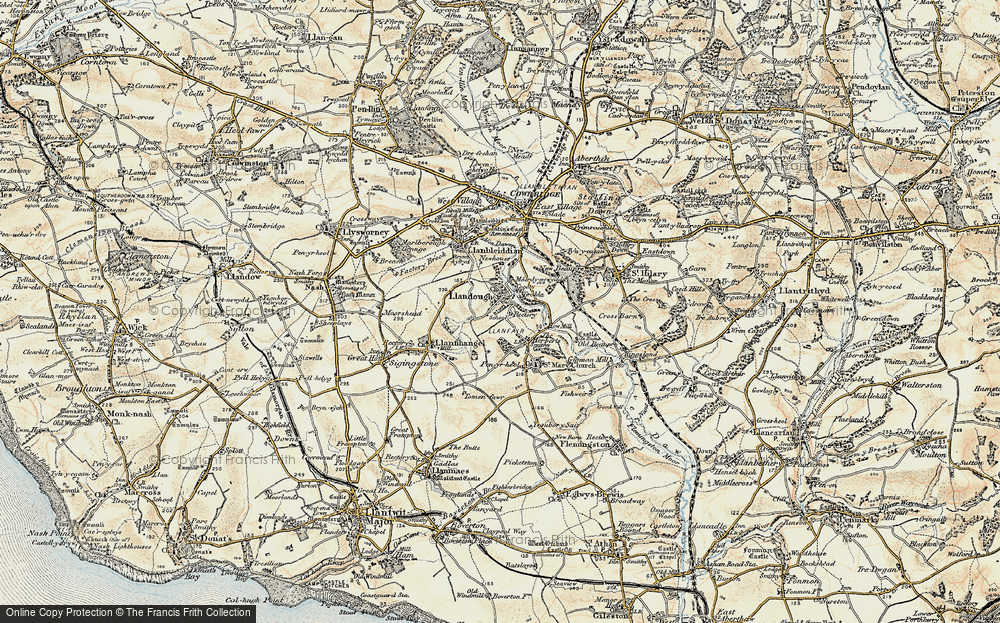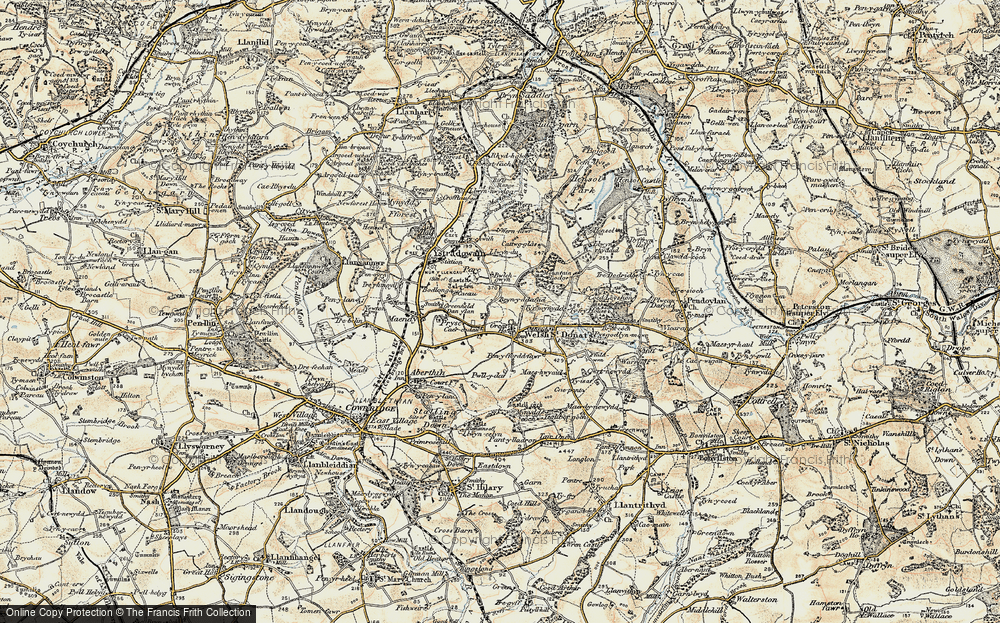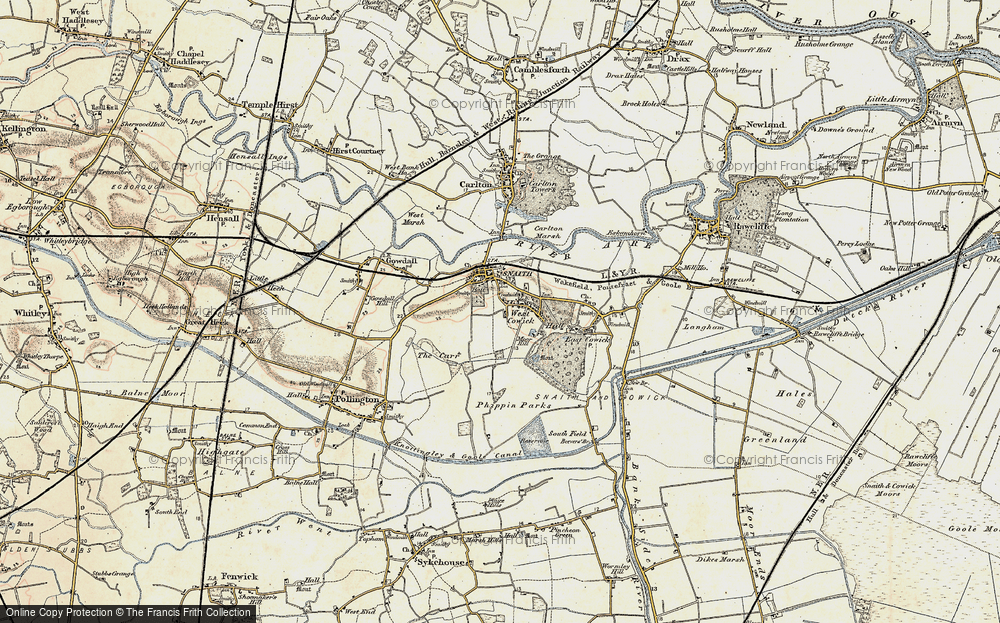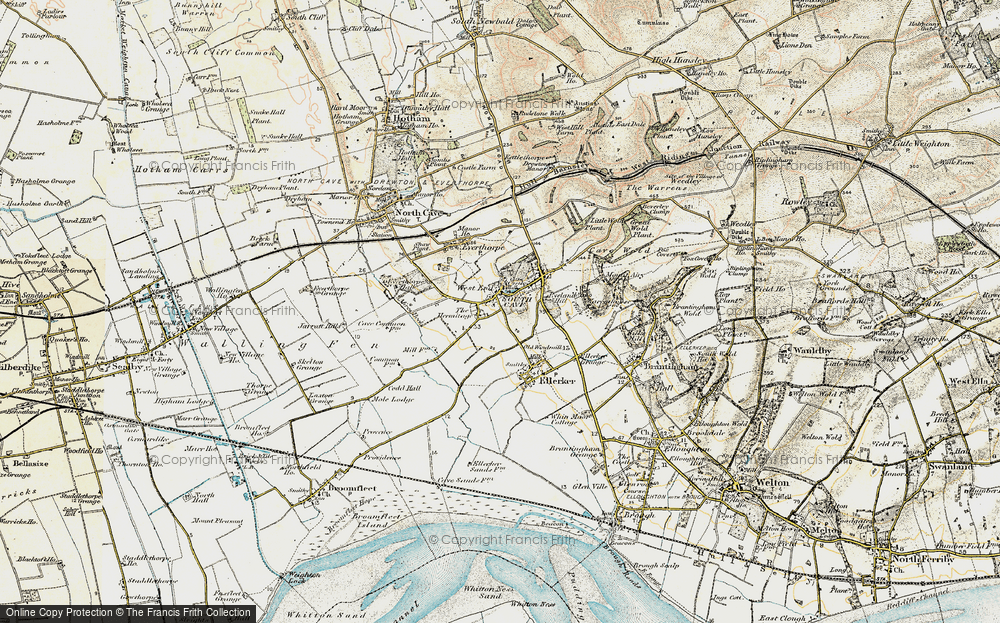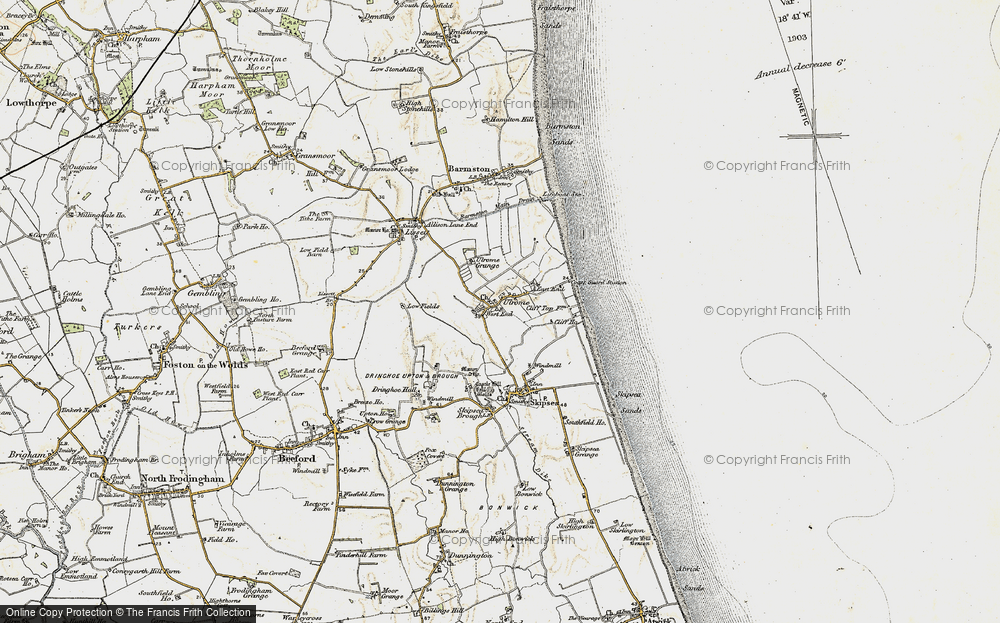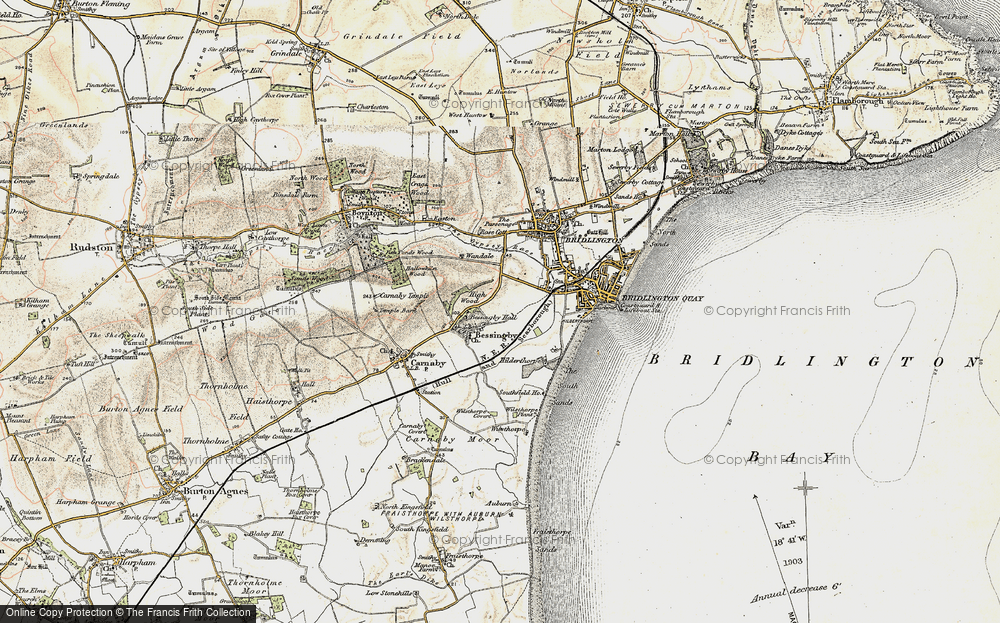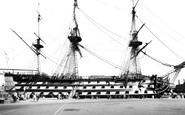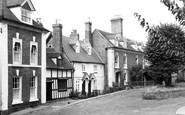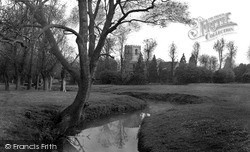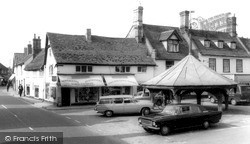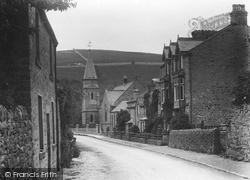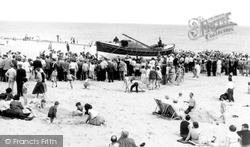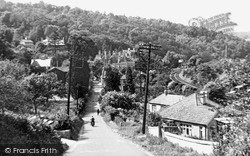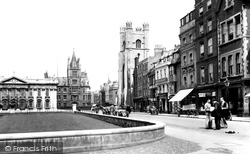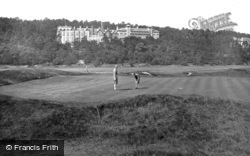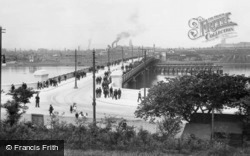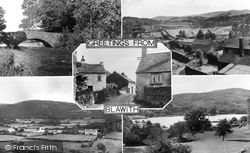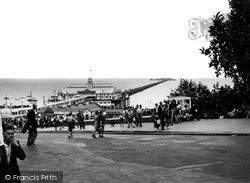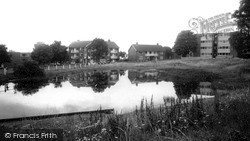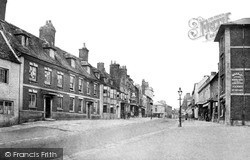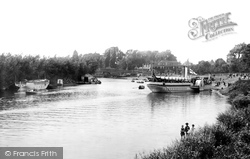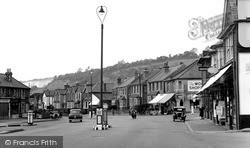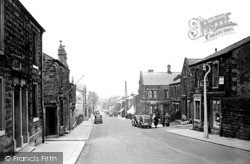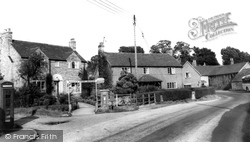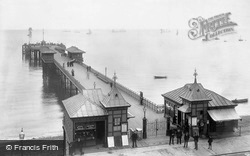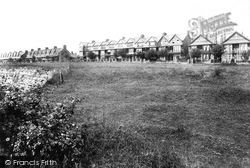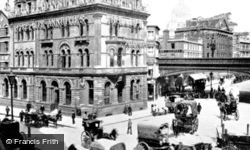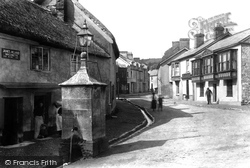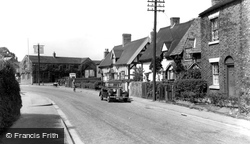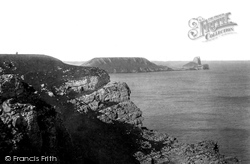Merry Christmas & Happy New Year!
Christmas Deliveries: If you placed an order on or before midday on Friday 19th December for Christmas delivery it was despatched before the Royal Mail or Parcel Force deadline and therefore should be received in time for Christmas. Orders placed after midday on Friday 19th December will be delivered in the New Year.
Please Note: Our offices and factory are now closed until Monday 5th January when we will be pleased to deal with any queries that have arisen during the holiday period.
During the holiday our Gift Cards may still be ordered for any last minute orders and will be sent automatically by email direct to your recipient - see here: Gift Cards
Places
Sorry, no places were found that related to your search.
Photos
Sorry, no photos were found that related to your search.
Maps
7,034 maps found.
Books
163 books found. Showing results 5,665 to 5,688.
Memories
22,913 memories found. Showing results 2,361 to 2,370.
Our Ladys High School
I was sent to Our Lady's High School in Tiverton, Devon at about the age of 4, than remained with the school when it was relocated to Dartford until I was about 15. What a horrible place - the nuns were so cruel. I ...Read more
A memory of Dartford in 1941
Grandmother Lived In Battersea
Hello - year approx. 1945 or earlier. I used to visit my grandmother Maria Reading in the Battersea flats. They would be unlivable now by today's standards. No indoor plumbing, no heat, but they did have gas ...Read more
A memory of Battersea in 1945
Looking To Connect To Southampton
Is there anyone of the Old Jewish community who has any information about the Hamer family? My grandparents entered Southampton about 1904, they came from Warsaw in Poland. I was born in Southampton at the ...Read more
A memory of Southampton in 1943 by
My Chatham
Born and bred in Grove Road off Luton Road, went to the schools of All Saints and Fort Luton. I found Chatham to be a friendly town with memories of seeing Arther English at the Empire, seaside at the Strand, being a 19th Medway west ...Read more
A memory of Chatham by
Memories
The pictures on this site brought back so many memories, they made me smile and the warm feeling in my stomach is intoxicating. I moved to Blackfield in 1952 from Liverpool. My Dad worked at the refinery. I used to ride from Blackfield to ...Read more
A memory of Fawley in 1952 by
My Family
I was born in Johnshaven at 9 Mid Street, my grandmother's house. She was Mary Wyllie, nee Laing, and my grandfather was Jimmy Wyllie. My mother's maiden name was Mary-Ann Wyllie. We moved to Fife when I was young, but I remember ...Read more
A memory of Johnshaven by
My Nan Agnes Conor
I am trying to trace anyone who might have any history about the Conor family who lived at 14 Queen Street, Darlington in 1909. That year my nan was born to Sarah Jane Conor. She also had a daughter Elizabeth who was ...Read more
A memory of Darlington in 1900 by
Visiting My Father's Birthplace
In 1972, when a mere slip of a boy of 40 summers, my late wife, two children and I flew from Australia on our first trip to Europe. Whilst in London, we travelled by train to visit my cousins Peter & Val ...Read more
A memory of Portsmouth in 1972 by
Shotton In The Forties Fifties
I was brought up in a two-up, two-down cottage at No.4, Shotton Lane. These cottages were demolished in the fifties and modern houses were built on the site. Everyone was poor and, during the war in particular, ...Read more
A memory of Shotton in 1944 by
Richard Baxter's House
This house is significant because I lived around the church close in Glenn Place (top of Moat Street) at the time of this picture. Also, my late father was a well known sign writer - Herman Williams - who hand-painted ...Read more
A memory of Bridgnorth in 1960 by
Your search returned a large number of results. Please try to refine your search further.
Captions
9,654 captions found. Showing results 5,665 to 5,688.
In 1897 the vicar employed district visitors to serve the growing congregation, estimated at 1,200 people with 240 regular communicants. In 1959 the congregation had shrunk to around 11.
The market cross, similar to the one at Bungay, housed the stocks until the 19th century.
Burnsall lies in the heart of Wharfedale, where the drystone walls spread like a net over the fells, as can be seen in the background of this picture.
This is the 'Jose Neville', the first motor lifeboat to be used at Caister: she came into service in 1941.
This Wiltshire village grew up on three roughly parallel terraces on the steep and well-wooded Avon valley side, with the parish church at the south end.
Here, we are looking out onto King's Parade from the front of King's College. To the left is the Senate House, while the tower with four distinctive turrets belongs to the Church of Great St Mary.
The corner shop at the junction of Terrace Road and Forest Road displays numerous advertisements, including those for Walls Ice Cream, Cadburys, Digger, and Turf.
A lone oarsman makes his way from Sandside towards the west pier, as one of the pleasure boats returns to dis- charge its cargo of happy holidaymakers.
A game of golf takes place in front of what is now called the Cumbria Grand Hotel. Note the dress of golfers at that time – smart plus fours and thick socks.
Workers cross Walney Bridge to Walney on foot - at first there was very little traffic. The bridge opened on 30 July 1908, having cost £175,000, and replaced the steam ferry.
Blawith (pronounced Blarth) is part of the civil parish of Blawith and Subberthwaite.
Many of the old buildings seen at the entrance to the pier in earlier pictures had disappeared by this time.
The first bridge was built in 1771 and a settlement soon grew up around it.
The High Street is part of Old Swindon, which was the extent of the town before the railway arrived.
The passenger launch SS 'Queen Elizabeth' has almost beached to disembark and take on board passengers. A gangplank has been laid to the foreshore.
The ribbon development along the line of Godstone Road is well illustrated here, looking north towards Riddlesdown chalkpit.
Running from the Market Place to the station and level crossing at the bottom of the hill, Berry Lane leads to today's town centre.
Beoley lies in rolling countryside just two miles north-east of Redditch. The estate belonged for many years to the Sheldon family.
The pier looks out towards the North devon coast. 1907 saw a pavilion built on the seaward end, which was destroyed by fire in the 1930s.
Work on transforming the land at what was to become the Parade Gardens has not yet begun.
The Hand in Hand Fire Office, a well-known insurance company, was situated at 1 New Bridge Street. The site is now an open space.
This is another view that still looks much the same a century on. The delightful pub on the right is now a newsagents, and mr Acland's business is no more.
There are claims, however unlikely, that nearby Haslington Hall was built using timbers that had been salvaged from Spanish galleons captured at the time of the Armada.
Formed from two rocky islets connected to the mainland by a natural causeway, Worms Head derives its name from the Norse for serpent. The outer head rises to 200ft.
Places (0)
Photos (0)
Memories (22913)
Books (163)
Maps (7034)


